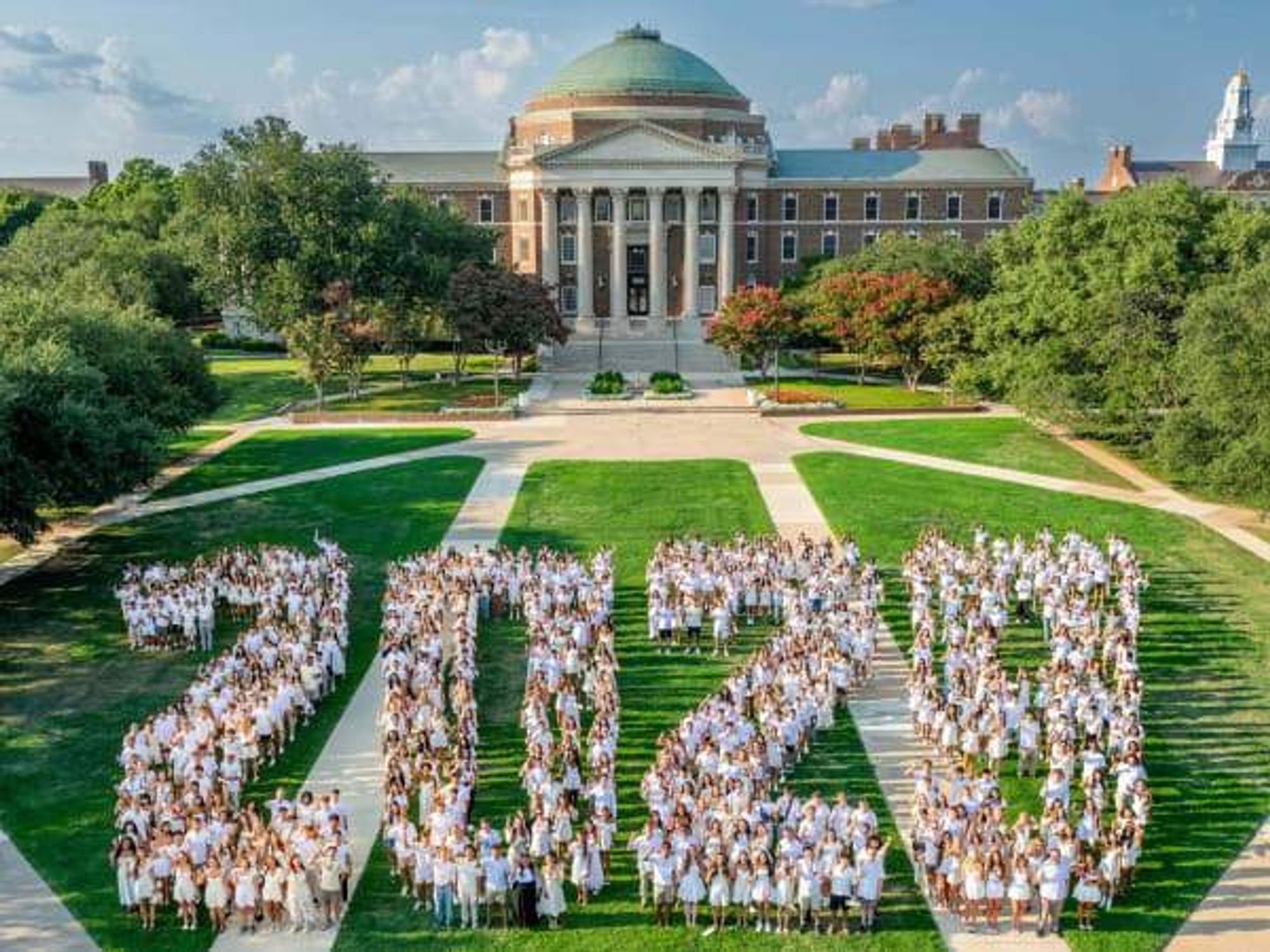Train News
Texas high-speed train selects location for passenger station in Dallas

A location has been finalized for the Dallas passenger station for the Texas Bullet Train: in the Cedars neighborhood near I-30 and I-35.
In a release, developer Texas Central says that they'll build terminal on a largely vacant 60-acre plot south of the Kay Bailey Hutchison Convention Center, in the Cedars, near the Interstate 30 and Interstate 35 interchange. Owned by developer Jack Matthews, the site for the proposed terminal is in an area undergoing a transition from light industrial and manufacturing facilities to a walkable neighborhood, featuring repurposed and new-build mixed-use developments.
The announcement comes a month after federal regulators overseeing the project said in an environment analysis that the Dallas-to-Houston train would alleviate strain on the state's infrastructure and is needed to accommodate growing demand.
From the Dallas station, passengers will have a 90-minute connection to Houston, with a midway stop in the Brazos Valley. Plans call for connecting the local station to multimodal transportation networks, including DART.
The designs are pending, but Texas Central's maps and conceptual renderings show a multi-level station between South Riverfront Boulevard and Austin Street, built to link with nearby roadways and other forms of transportation. That includes connections to DART’s light-rail system, buses, and other transit systems.
Texas Central CEO Carlos Aguila says that the station will be "a magnet for economic activity in an area ripe for development" that will "connect seamlessly with local roads and public transit."
The Texas Bullet Train would bridge the two largest cities, and half of the population in Texas. In December, the FRA identified the preferred route, which would mostly follow transmission lines in a utility corridor between North Texas and Houston, with the Brazos Valley stop serving Bryan-College Station, Texas A&M University, and others.
Texas Central is an investor-owned project that is not taking federal or state grants for construction or its operations.
Phillip Robinson, president of the Cedars Neighborhood Association, says it's no surprise that the area is ideal for the station. "Location is everything, and the southern sector of Dallas continues to be one of the hottest spots for the city's growth," he says.
"The station is sure to help local establishments, continue our organic growth, and support our cultural amenities," he says. "We are very excited to be part of such an amazing project."
The Cedars neighborhood has seen a burst of new buildings and conversion projects, including Southside on Lamar, the Dallas police headquarters, restoration of historic industrial buildings to mixed-use facilities, the Alamo Drafthouse Cedars, and boutique hotel NYLO Dallas South Side.
Enclosed elevated pedestrian bridges would connect the station to new parking facilities. The bridges may be extended to provide easy access to public transit, such as DART’s nearby stations at the convention center and Union Station, and an extension of the Trinity Railway Express commuter line from Union Station to the bullet train terminal, the DEIS report said.
Improvements also would be planned for Riverfront Boulevard at Cadiz Street, Riverfront Boulevard at Corinth Street, Belleview Street at South Akard Street, and Hotel Street north of I-30, along with an extension south along the station area. These would be designed in part to alleviate current congestion and improve traffic flow.

 Working from home comes with its own challenges, like picking which part of the couch to work from. Photo by Jodie Cook on Unsplash
Working from home comes with its own challenges, like picking which part of the couch to work from. Photo by Jodie Cook on Unsplash  Frisco ranked No. 5 nationwide in a 2025 study. Visit Frisco/Facebook
Frisco ranked No. 5 nationwide in a 2025 study. Visit Frisco/Facebook